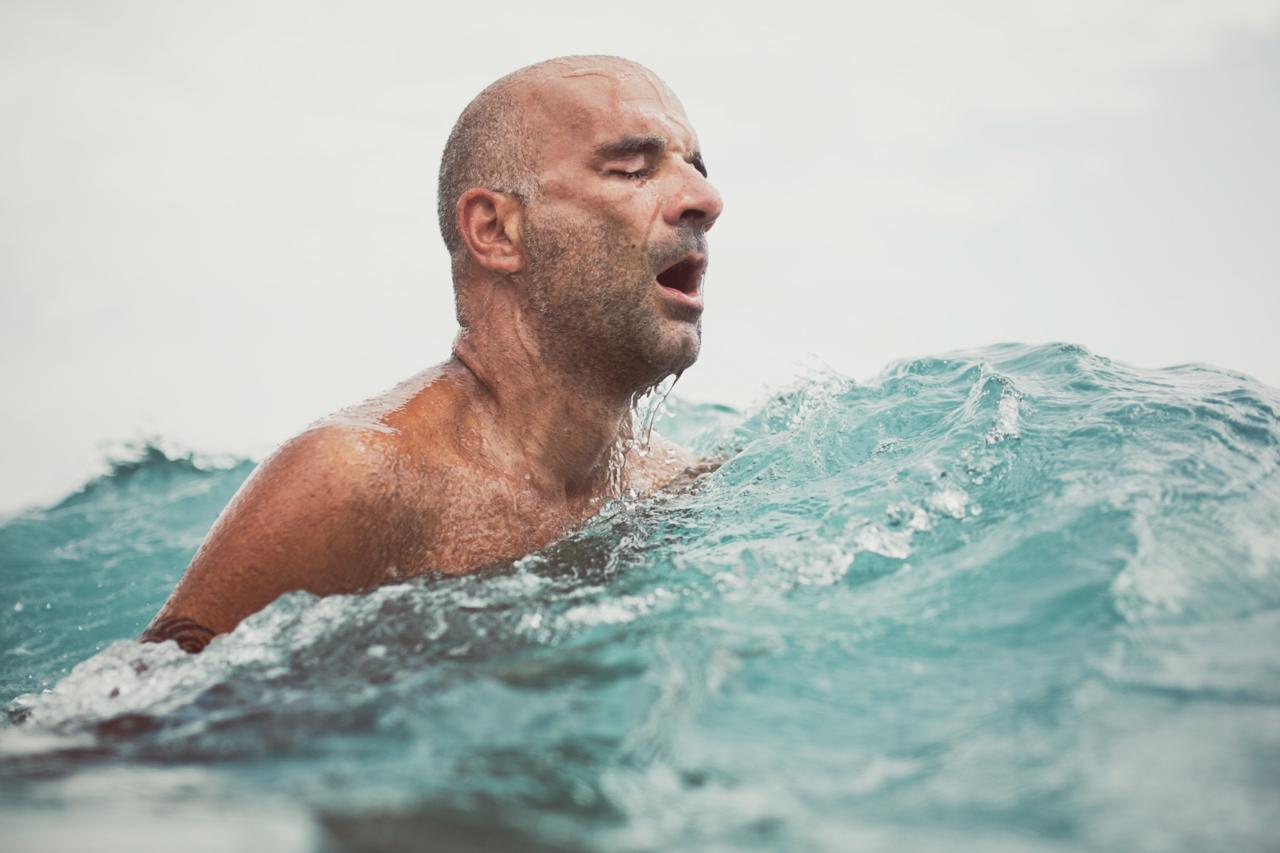What You Need to Know About Dry Drowning

What Is Dry Drowning?
If you’ve heard of dry drowning or that someone dry drowned, you might find those terms a little confusing. But they refer to a life-threatening condition, so it’s essential to understand them.
All drowning involves exposure to water that causes trouble breathing. Dry drowning isn’t a medical term, but it refers to an incident where water never reaches the person’s lungs. Instead, water causes the person’s vocal cords to spasm, shutting off their airway and making breathing difficult.
This article explains the signs and symptoms of dry drowning. It also clarifies what’s meant by secondary drowning vs. dry drowning.
Recognize the Warning Signs
When considering “wet drowning” vs. “dry drowning,” it’s critical to understand that dry drowning doesn’t necessarily have the primary characteristic of wet drowning, that the person is underwater for an extended period.
How does dry drowning happen? How much water causes dry drowning? Can adults dry drown? Those are important questions.
First, anyone can dry drown. The causes of dry drowning can include any situation where a person unexpectedly gets water in their mouth, such as getting “dunked” by someone in a pool. Although the person might only be underwater for an instant, the water triggers a vocal cord spasm and difficulty breathing.
Symptoms of dry drowning occur immediately after the incident and include:
- Trouble breathing
- Coughing
- Chest pain
- Extreme tiredness
A related condition is called secondary drowning. It’s a complication of water exposure in which water reaches the person’s lungs and irritates the lining. This causes fluid to build up there in a condition called pulmonary edema.
Secondary drowning is more common in infants and children. The signs of secondary drowning include initial breathing difficulty that worsens over time. In severe cases, symptoms can include skin color change, high fever, loss of consciousness, and vomiting or foaming at the mouth. While more likely to occur in children, secondary drowning is possible in adults.
The term delayed drowning encompasses dry drowning and secondary drowning, referring to any situation where a water-related incident causes trouble breathing immediately or over time. So, potential delayed drowning signs and symptoms include those of both conditions.
Risk Factors for Dry Drowning
The following factors increase the risk of dry drowning:
- Young age, with smaller lungs and weaker cough reflex
- Little or no swimming skills
- Lack of supervision
- Lack of a life jacket or other flotation device
Guide To Preventing Dry Drowning
How do you prevent dry drowning? Taking the actions below reduces the risk of dry drowning incidents.
Constant Supervision
Young children should be continually supervised whenever they’re near water, including bathtubs, pools, lakes, and any body of water. If the person providing supervision has to leave the area, the child must go with them.
Swimming Lessons
Every child should learn to swim. At a minimum, knowing how to keep their head above water can give the person supervising them time to reach them before they ingest water.
Life Jackets
Young children should always wear a life jacket when around water. This includes pools, hot tubs, lakes, rivers, etc.
Pool Safety
Parents, caregivers, or anyone supervising a child should understand and practice pool safety. Key elements include continual supervision, fencing pools to prevent unsupervised access, and keeping the gate closed at all times.
Seek Medical Attention if Needed
If you see dry drowning symptoms in infants or children, seek emergency medical attention. How do you treat dry drowning? Until help has arrived, do your best to keep the person calm to help reduce the spasming blocking their windpipe.
Further treatment for dry drowning by medical personnel can include resuscitation if needed, hospitalization, and monitoring for symptoms of conditions like pulmonary edema and bacterial pneumonia.
If your child is exposed to water and later develops breathing issues, call 911 (if the symptoms become severe) or contact their pediatrician. If you don’t have a pediatrician, you can find one using our online provider directory.
Next Steps and Useful Resources
Learn More About Emergency Care
Find an Emergency Care Location
Choosing Urgent Care or the Emergency Room
Emergency Care in Lexington, KY
The Expanded Emergency Room in Louisville



